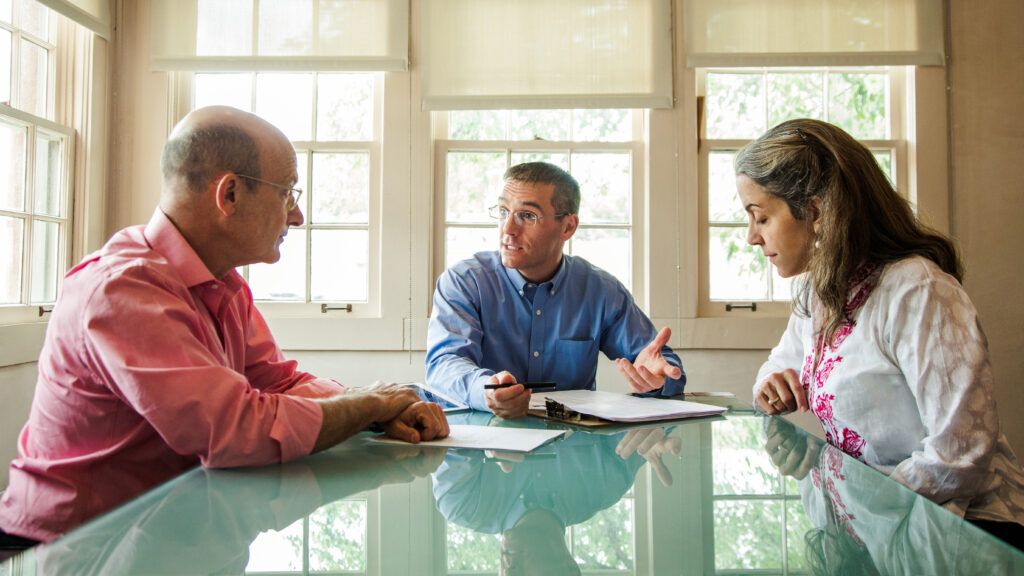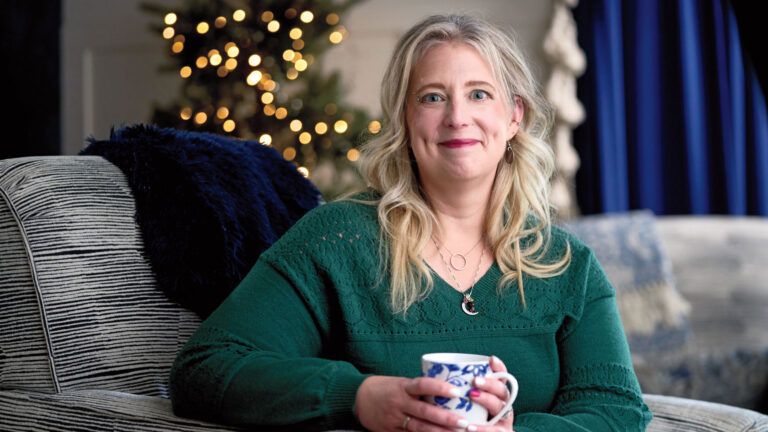Doug Lynam never expected to go into finance.
Growing up, he hated money. His family was wealthy and he saw firsthand how money could destroy relationships. Lynam spent years searching for a life different from the toxic one he saw his family living. He tried being an anti-materialist hippie and joined the Marines, but it wasn’t until he met a Benedictine monk and joined a monastery that he began to find a sense of purpose.
“It was a community full of love and kindness and support and compassion,” Lynam told Guideposts.org. “I was taking a vow of poverty and I thought that would get me away from the world of money.”
But a few years into his life at the monastery, the community started having financial difficulties. Lynam stepped in to figure out what was going on.
“The community started having some serious financial difficulties,” Lynam said. “I had to jump in and pull the community through bankruptcy. In the process I had to learn everything I could about money management.”
As he worked to clean up the finances of the monastery, Lynam noticed that many of the guests who came to the monks with spiritual problems also had financial problems.
“People would come to me and ask to help pray for them, to get relief from their money struggles and their various crises and I always did that, but I also insisted that we make a budget,” Lynam said.
Lynam’s work with the monks and guests at the monastery reframed his view of money. He stopped believing money was the root of all evil, and began to believe money could be useful.
“Money is a tool that we can use to put our values in action,” Lynam said. “If we have our values straight then money can increase our capacity for love, it can increase our value for service and it allows God’s love to flourish abundantly in our lives in the world around us.”
Lynam eventually left the monastery to work as a financial adviser. Here are four of his most practical financial tips:
1. Identify your financial emotional baggage
Before diving in to the numbers, Lynam recommends people assess their emotional relationship with money.
“The number one thing is to get through that emotional baggage…and see where people’s anxiety around money really lies,” Lynam said. “I call it your money emotional intelligence. People’s emotions around money are very complicated. And everyone has money baggage.
If you haven’t dealt with those underlying emotional issues, you’re always going to be sabotaging [your] financial [life].”
2. Pay yourself first
“The number one [thing] people need to understand is that if you’re always paying bills and spending first, then you’re always going to be broke,” Lynam said.
Lynam advises people to prioritize saving and investing over buying. Before paying bills or buying things, he recommends people put money into savings.
3. Stick to a budget
It might sound obvious, but Lynam said a budget is crucial for financial success.
“The biggest trick to budgeting that I find is helpful for folks is to automate everything,” Lynam said. “Automate your direct deposit, automatically pay your bills that are recurring. Automate your savings, automate your investing.”
Why? Lynam explained that by simplifying big decisions, people are less likely to get wore down with financial decision-making fatigue.
4. Start by saving small
A common mistake Lynam noticed his clients making was trying to jump from saving nothing to saving a large percentage of their income—an unrealistic goal for most people.
“Always try to save a portion of a pay raise,” Lynam said. He advises people to start by saving one percent and increase by one percent each year.
“When you’re starting out it’s really not a realistic goal to save 15 percent of your income,” Lynam said. “A more gradual technique that most people can do is…save one percent this year. Can you save one percent of what comes in the door? And then next year could you save another one percent? And then another one percent?”
Over time this technique allows people to save the 15 to 20 percent that Lynam recommends people set aside to ensure a secure retirement.





